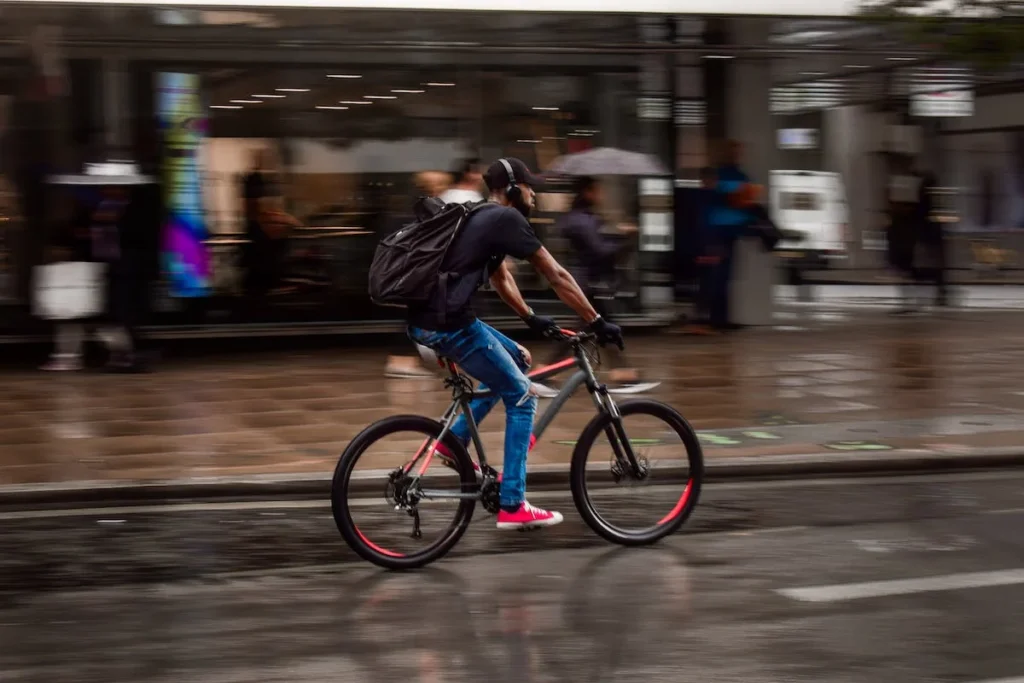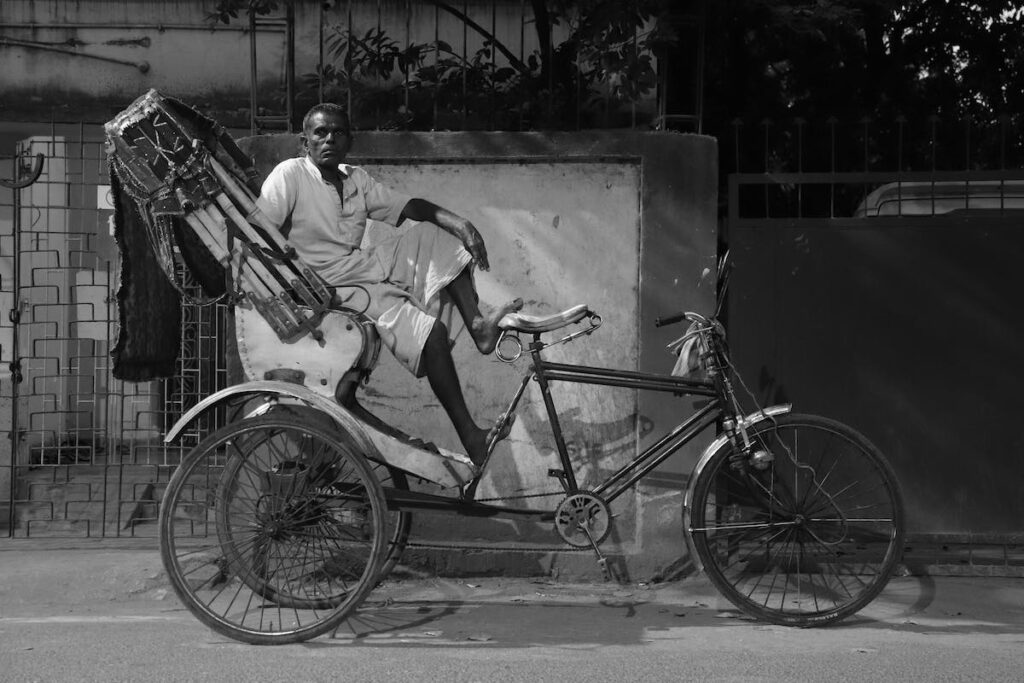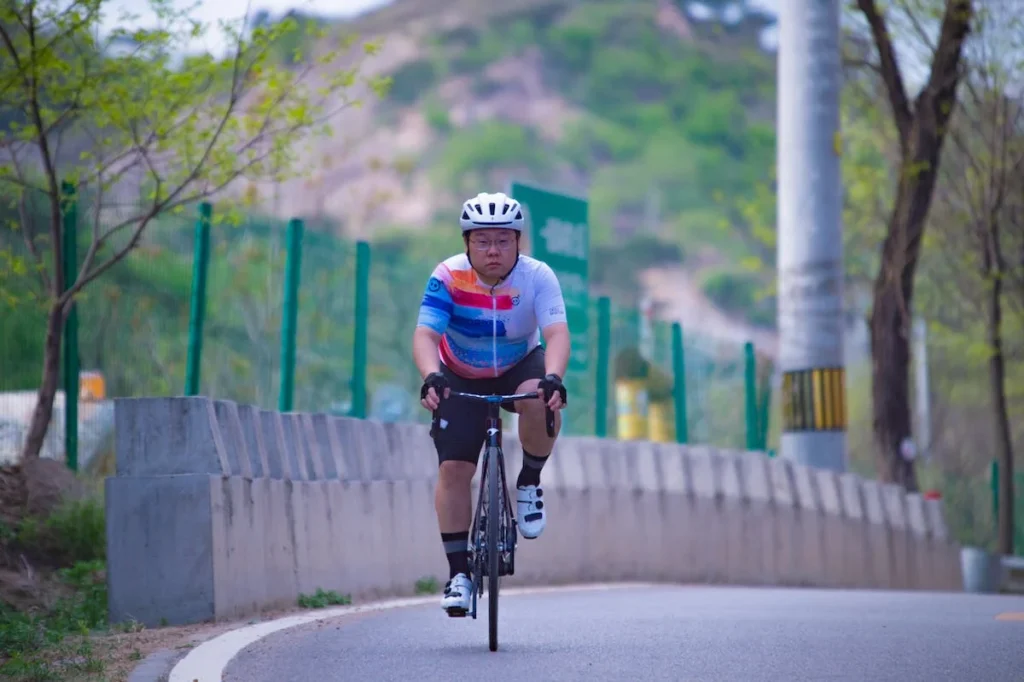The nervous system of the bike is the suspension. It is the reaction to every variable you experience while hiking. The suspension does more than only minimizing bumps. It aids in maintaining speed through curves and offers grip over slick roots. It also offers assistance when stepping off dips.
Your comfort and trail performance can be significantly impacted by selecting the correct bicycle suspension. On gnarly, rocky singletrack or potholed roads, bike suspension improves control, traction, and comfort. It is one of several elements that affect how much you like riding.
The following are some factors you have to consider when selecting a suspension system:
1. Type of riding:

If you want to ride cross-country, on a trail, or downhill, think about the type of riding you will be doing. Every riding style requires a different set of suspension properties. For instance, you’ll need a suspension that can take lengthy, smooth rides if you intend to do a lot of cross-country riding. If you intend to do a lot of downhill riding, you should invest in a suspension system that can withstand challenging terrain and large jumps. So, select a suspension that is appropriate for your riding style.
2. Travel:

Depending on the type of riding you do and the terrain you ride on, you’ll need a certain amount of suspension travel. The bike will have been built with a specific amount of travel in mind by the builder of the frame. Keep doing this is the overall rule. The geometry may be significantly harmed by increasing or decreasing fork travel, making the bike behave differently than planned and placing greater strain on the headtube structure.
Generally speaking, the more travel you have, the more comfortable the ride will be. However, you should know too much travel can reduce the bike’s efficiency on smoother trails.
3. Wheel size:

Make sure the suspension you select is appropriate for the size of your wheels. For mountain bikes, there are a few different wheel sizes. The most popular sizes are 26″, 27.5″ (650b), and 29″.
Additionally, fat and plus (+) versions are offered. It should be written on the side of the tire if you are unsure.
The fork needs to be made to fit whatever wheel size you have.
Make sure to select the appropriate suspension system because they are made for various wheel diameters.
4. Adjustability:

Consider how adaptable the suspension is. Some suspension systems allow you to fine-tune the settings for various riding scenarios and riding styles because of their high degree of adjustability. Others might be easier to use yet require fewer adjustments.
5. Brand and reviews:

It’s crucial to conduct study prior to making a decision on your bike’s suspension. Examining user reviews of the suspension you’re considering written by other riders is one way to do this. You can learn more about the suspension’s reputation and dependability by reading these evaluations. Additionally, you may see how it operates under various circumstances and determine whether it is a suitable fit for your particular needs. For further information about the suspension’s features and specifications, you may also visit the manufacturer’s website. You can make an informed choice that will help you get the most out of your bike by performing your due diligence and conducting a comprehensive investigation of the suspension.
6. Budget:

Suspension systems for bicycles can cost anywhere from a few hundred dollars to several thousand. Think about your budget and the amount you are willing to pay before searching for a suspension.
After giving these things some thought, you may start researching various suspension system designs. Hardtail and full suspension are the two primary varieties of suspension systems.
Front and rear suspension are included in full suspension systems. They are made to offer the greatest level of comfort and control on difficult terrain. In addition, they cost more and are heavier than hardtail systems.
Systems with a hardtail only have front suspension. Compared to full suspension systems, they are cheaper and lighter. They are also more pedal-efficient, which makes them a suitable option for cross-country cycling.
It’s crucial to test ride various bikes and suspension systems before making your decision. This will help you determine what solutions are best for you.
Conclusion:
Your unique needs and tastes will determine the best suspension for you. For better control, traction, and comfort on bumpy roads, rocky trails, or other surfaces, bicycle suspensions are available. It is just one of many elements that go into how much fun you have while riding. It’s crucial to match your desired suspension type to your riding requirements.
We hope that this article will provide you with the information you need to choose your new bicycle wisely, especially when it comes to the suspension system.
Think over the aforementioned elements and spend some time trying out several possibilities to locate the one that feels the most comfortable to you.

